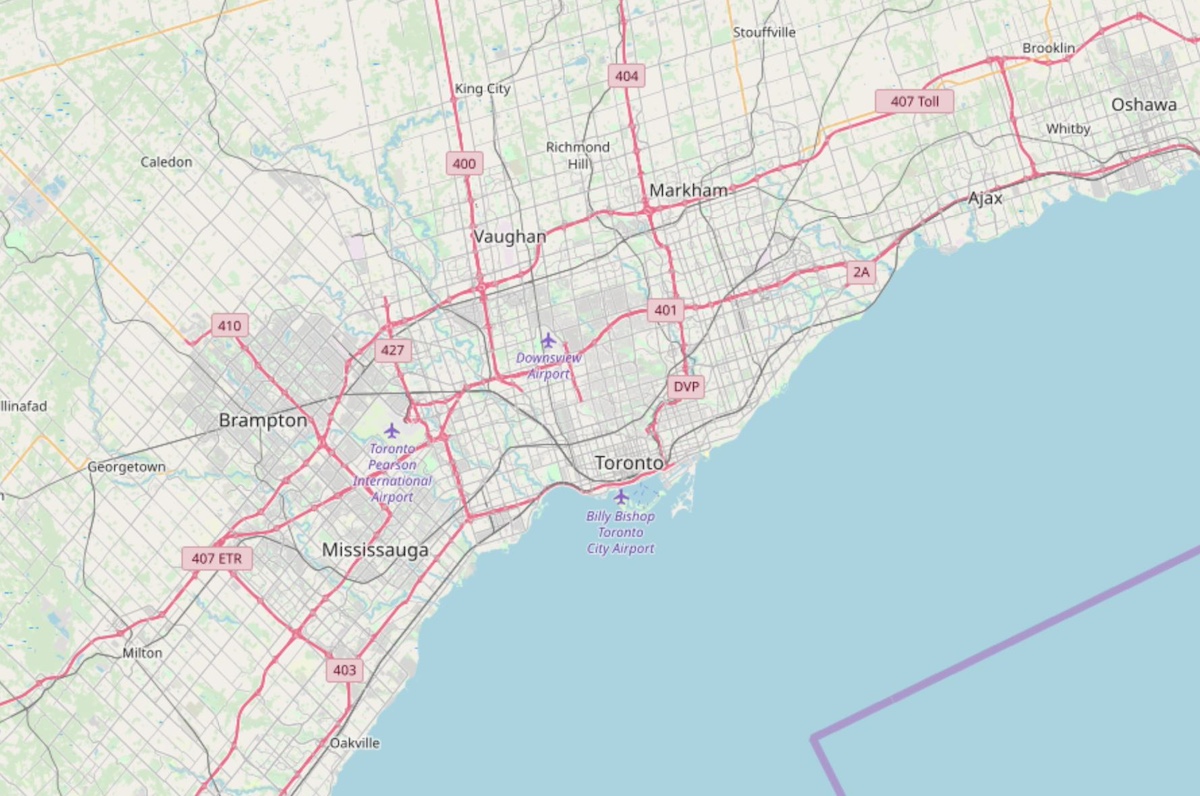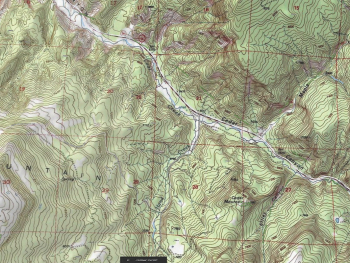In the realm of environmental conservation, maps serve as indispensable tools, guiding efforts to understand, protect, and sustain our planet's natural resources. From tracking biodiversity hotspots to identifying areas at risk of deforestation, the utilization of maps has revolutionized the way we approach conservation initiatives. In this article, we explore the multifaceted role of maps in environmental conservation and how they are shaping our efforts to safeguard the Earth's ecosystems.
Mapping Biodiversity:
Biodiversity, the variety of life on Earth, is fundamental to the health of ecosystems and the well-being of humanity. Maps play a crucial role in identifying regions of high biodiversity, allowing conservationists to prioritize areas for protection. By overlaying data on species distribution, habitat types, and ecological factors, researchers can create detailed biodiversity maps that highlight areas of particular importance. These maps serve as valuable tools for decision-makers, enabling them to allocate resources effectively and implement targeted conservation strategies.
Tracking Habitat Loss:
One of the greatest threats to biodiversity is habitat loss, driven primarily by human activities such as deforestation, urbanization, and agricultural expansion. Maps are instrumental in tracking changes in land use and land cover, providing critical insights into the extent and pace of habitat destruction. By monitoring deforestation hotspots and identifying areas under threat, conservationists can intervene proactively to mitigate environmental damage. Furthermore, maps illustrating historical land-use trends can inform restoration efforts, guiding the reclamation of degraded habitats and the establishment of protected areas.
Mapping Conservation Priorities:
With limited resources available for conservation, prioritization is essential. Maps help conservationists identify areas of high ecological value that warrant immediate protection or restoration efforts. Through spatial analysis techniques such as habitat suitability modeling and conservation planning algorithms, researchers can identify conservation priorities based on factors such as species richness, habitat fragmentation, and ecosystem services. These prioritization maps provide a roadmap for conservation action, guiding policymakers and practitioners in making informed decisions to maximize conservation impact.
Engaging Stakeholders:
Maps are powerful tools for communication, allowing complex environmental data to be visualized and understood by a wide audience. Interactive online mapping platforms enable stakeholders, including policymakers, local communities, and the general public, to explore environmental issues and participate in conservation efforts. By presenting data in a visually compelling and accessible format, maps facilitate engagement and foster a sense of stewardship towards the natural world. Citizen science initiatives leverage mapping technology to involve volunteers in data collection and monitoring, harnessing collective efforts to address environmental challenges collaboratively.
Harnessing Technology for Conservation:
Advancements in technology, such as remote sensing, geographic information systems (GIS), and satellite imagery, have revolutionized the field of conservation mapping. High-resolution satellite data provide detailed insights into changes in land cover, while drones enable researchers to capture aerial imagery of remote or inaccessible areas. Machine learning algorithms and big data analytics enhance the accuracy and efficiency of mapping processes, enabling researchers to analyze vast amounts of environmental data rapidly. As technology continues to evolve, the potential for innovative mapping solutions in environmental conservation is boundless.
Maps are indispensable tools in the quest to conserve our planet's precious natural resources. From identifying biodiversity hotspots to tracking habitat loss and engaging stakeholders, mapping plays a central role in shaping conservation strategies and decision-making processes. As we confront pressing environmental challenges such as climate change and species extinction, the power of maps to inform, inspire, and mobilize action has never been more critical. By harnessing the potential of mapping technology, we can chart new frontiers in environmental conservation and safeguard the future of our planet for generations to come.




